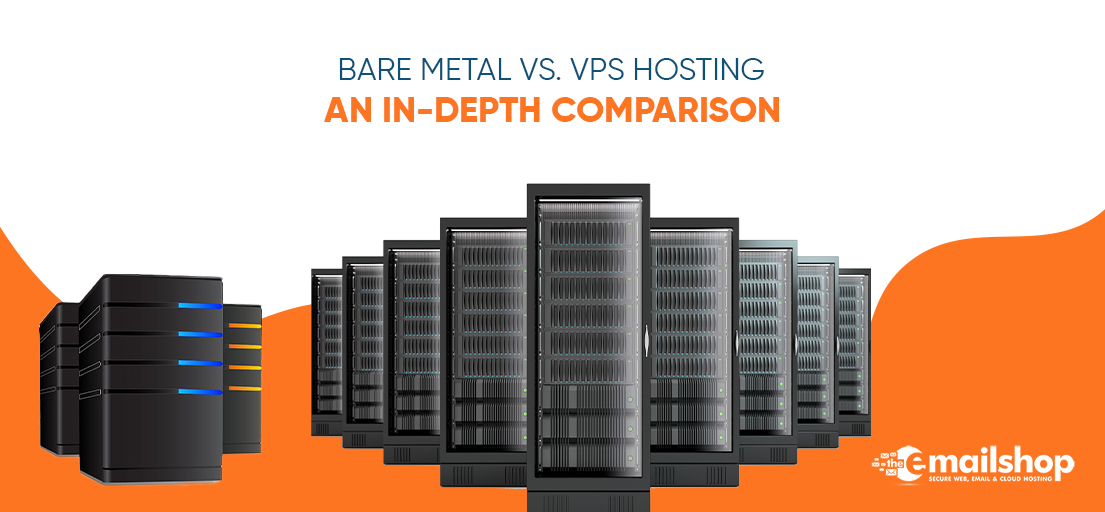Due to the exponential growth of the internet and the increasing complexity of colocation data centers, server racks have also developed to become an essential part of network infrastructures. This is because server racks are used to store servers.
Today, more computation and storage are required from data centers, which must balance the need to optimize performance and cost with the need to safeguard and maintain the servers contained therein. The workers at a data center have to juggle a number of different issues, such as the capacity of the network, the redundancy of the power supply, the effectiveness of the cooling system, the performance and security monitoring, and the scalability of the infrastructure.
Modern server racks come in a variety of forms, ranging from affordable, basic units to fully integrated cabinets with hot-swappable capabilities and air-conditioned enclosures. These racks are designed to assist data center architects and IT workers in carrying out their responsibilities.
To begin choosing the best server racks, you must first have an understanding of all the various possibilities and how those solutions could fulfill your present and future networking requirements.
Server rack cabinets are found in abundance in data centers and server rooms. These cabinets operate to arrange information technology (IT) equipment into assembly order in order to make the most use of space and resources. Because of its major impact on the network’s stability, serviceability, and manageability, the choice of server rack has a significant bearing on the day-to-day operations and maintenance that you are responsible for.
What exactly is a server rack, and why are they necessary for us?
A network rack, sometimes known as a server rack, is a piece of hardware that is used to store various pieces of networking equipment, including servers, modems, uninterruptible power supply (UPS) units, routers, network switches, and audio and video equipment. A server rack is any customized computer box, wall-mount rack, standing frame, or server cabinet that is intended to encapsulate networking equipment. Examples of these types of racks include large data centers that use racks that have the capacity to house a large number of servers and provide those servers with power, cooling, and communication. These racks also have the capacity to readily add or replace servers in the event of failures or expansions.
Before deciding on the size and design of server racks, organizations should first ensure they have a comprehensive understanding of their complete compute and storage demands. Additionally, they should take into consideration any expansion needs that may arise in the near future. to intermediate future. Additionally, you need to give some thought to the rack cooling strategy, the power technology, as well as the safety and security of the racks.
At the moment, a vast number of information technology applications make use of server racks and equipment measuring 19 inches. Although the height and depth are subject to change, the width of this thing is fixed at a certain value. The server rack is intended to accommodate any equipment that can be mounted on a normal 19-inch rack, provided that it does not exceed the depth of the cabinet or the height limit for the rack slots that are available. In addition, the server rack is where other IT infrastructure and rack accessories, such as UPS systems, PDUs, cable managers, KVM switches, and patch panels, are stored to support the operation of the production equipment.
You Might Also Like to Read: Best UK Colocation Server Hosting Providers Review (2022)
Different kinds of server racks
In addition to their size, server racks are available in a wide variety of designs and provide extensive opportunities for customization.
- 4-post open frame: the height and depth of this kind of server rack may vary anywhere from 24U to 45U, respectively. Because it is not enclosed, it has a significant capacity for ventilation but provides very little security.
- Cabinet enclosure: Also referred to as a cabinet server rack.These completely enclosed server racks will offer a sturdy casing for the gear they store. The height of enclosed server racks may vary anywhere from 6 to 48 units (U). They are available in a number of different densities and are often regarded as the most cost-effective option for server racks.
- Wall-mount server rack: These server racks are well-known for their simple installation and often come completely enclosed. They are ideal for computing areas that are smaller in size. It’s possible that some of them have racks that swing out to make them more accessible.
- Dust and water resistant server racks: The best option for protecting information technology equipment from dust particles and moisture is dust and water resistant server racks. Their height may vary anywhere from 12U to 45U, and they perform most effectively in situations that take place inside.
- Self-contained server racks: These network racks are equipped with built-in air conditioning, which allows them to maintain a consistent temperature in any setting. They have a cooling capability of between 8,000 and 12,000 British Thermal Units.
- Portable server racks: They have a height range of 8U to 20U. This range allows for a variety of different server configurations. Because the racks are still enclosed, most people believe this to be the alternative that is both lightweight and robust. They may be moved about easily and stacked, making them an excellent choice for environments or structures that undergo continuous transformation.
What Qualities Should I Search for in a Rack?
There is a staggering variety of racks available, each with its own particular combination of dimensions (height, width, and depth), design, and aesthetic. When choosing the rack for your installation, there are a few things you should keep in mind, including the following:
Rack server dimensions
Make sure that you make an accurate assessment of the quantity of rack space that you need while leaving room for future expansion. Therefore, you should always pay careful attention to a server rack’s height and depth. “Rack units” are the units used to measure the height of a rack (a rack unit is 1.75 inches, or 44.45 mm). Therefore, the real height of a 42U rack is equal to 42 multiplied by 1.75, which is 73.5 inches.
AV systems vs. those based on IT
The selection really has to be based on the apparatus that is going to be put in. Traditional computer hardware often has the input/output (I/O) and cable management ports located on the front of the rack, which is why IT racks are structured the way they are. Troubleshooting and monitoring the network are both simplified as a result. AV racks often have a shorter depth than other types of racks, which makes it easier to mount equipment with rear-facing inputs and outputs.
The flow of air and a cooling effect
The efficiency of the equipment and its ability to last for an extended period of time both depend on these two aspects of the rack. It’s possible that you’ll need to boost the cooling capacity of the rack if the airflow conditions at the location where it’s installed are very poor.
The breadth of the equipment
In spite of the fact that 19 inches is the de facto standard for rack-mounted network gear, several suppliers provide bespoke dimensions for a variety of different kinds of apparatus. Make sure you verify the requirements for the rack size that your equipment needs.
Alternative security
Even if there may be a significant quantity of high-priced equipment mounted on the rack, you must never lose sight of the importance of maintaining its integrity. Therefore, it is necessary to have a rack that satisfies the required level of security. Your computer network may be protected from curious eyes and hands by using a cabinet with a lock and door glass that has been tinted.
Conclusion
Choosing the correct sort of server rack for your needs may help you enhance the power protection, cooling, cable management, and physical security of your infrastructure. Before making a decision, carefully consider all of the information presented here and take everything into account.
For Discount and Offers, Visit our Official Twitter Page









